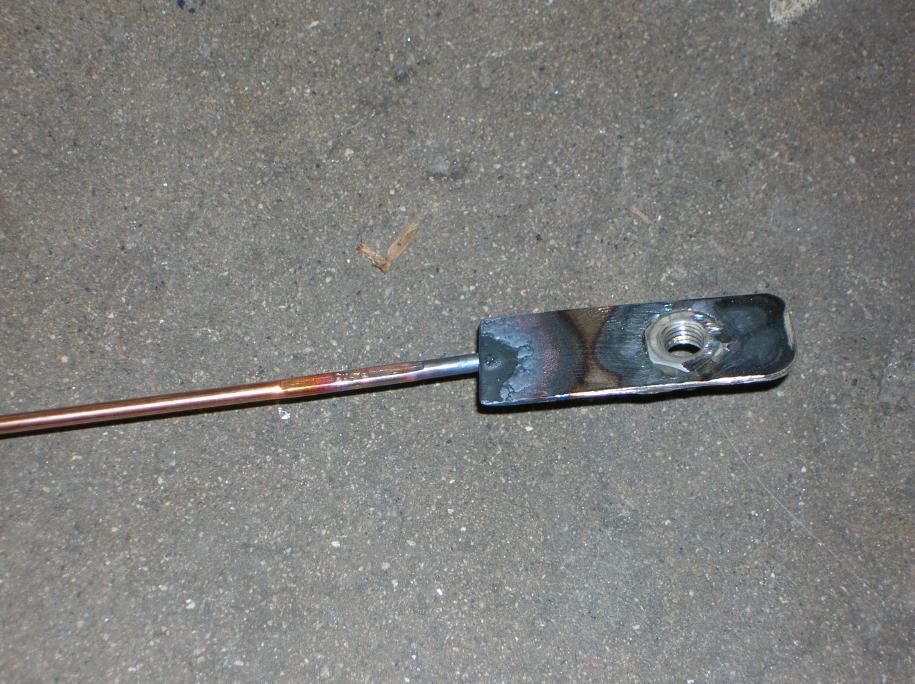Racine96 wrote:
...went to a Ford dealer and the service manager was very helpful. He got the numbers for me. What surprised him and me was the difference between the front bolts and the rear bolts torque specification...
And what were the numbers, please? Amid all this uncertainty in the world, we need some facts we can rely on.
I'll write them in my manual.
You probably did that SM a favor. Without your inquiry he likely would never have known the fasteners and specs "now" (actually for nearly 10 years) were different.
OFDPOS remark he needed more than his impact wrench to get the front fasteners out, tells me something was wrong about how they went IN. Even more so since he said they went back so easily. I haven't seen one of the newer E-Series with the bigger bolts. But I'm starting to think this is the scenario:
1. No change in metal thickness of frame where the bolts screw in
2. Bolt size sharply increased
3. Bigger bolt size brings more thread pitch
4. This means LESS bolt threads bearing on the metal of the frame
5. Bolt installed with torque appropriate for the appropriate receiving threads (like a Nut or threaded hole in a Casting)
6. This torque is excessive for the few receiving threads in this part of the frame
7. Threads ruined on the way IN. One time use fastening. Play hell getting apart. Nothing left to put back.
8. Engineer might have been right about needing a larger bolt. Escapes me why, but engineer did not anticipate the larger bolt rendering the installation actually weaker
Would it be possible to use a nut with a piece of rod welded to it, fished into the damaged area? Something like the following. This is a nut welded into a piece of bar stock, then the rod. The ones I can't find a pic of, are simply nuts, sometimes Whiz Nuts, with rod tack welded to them. Used installing trailer hitches, base plates, the like.

